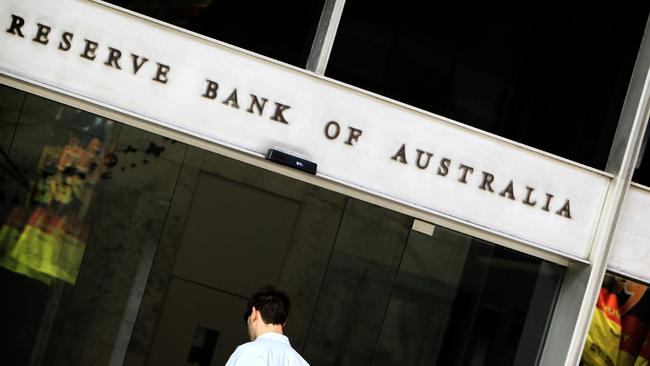
Financial markets now see a close to 50 per cent chance of the first cut coming in February next year, rather than the previous prediction of cuts being delayed until around mid-year.
However, rate cuts in response to anaemic growth will be little comfort if inflation remained sticky.
Fortunately, there was some significant good news on inflation in the national accounts.
First, unit labour wage costs, which represent a large share of business costs, slowed noticeably in the September quarter. This was despite still stagnant productivity. Instead it reflected a sharp slowing in average employee compensation.
This slowing in wage pressures broadly aligns with other measures of wages, including the September quarter wage price index which was released last month. The pulse on wage rises could be around 3 per cent rather than 4 per cent, which would be more consistent with the RBA’s 2.5 per cent inflation target.
Indeed, the measures of inflation in the national accounts also were surprisingly low. Private consumption prices in the national accounts, which is a broader measure than the consumer price index, rose 0.7 per cent in the September quarter, down from 1 per cent in the June quarter.
Most of that increase in prices was in rents and other housing services.
Excluding those price rises, consumer prices rose only 0.3 per cent in the quarter and by 2.4 per cent over the past 12 months. And more recently rent increases have noticeably slowed.
Finally, and separate to the national accounts, the more timely reading on business selling prices from the monthly National Australia Bank business survey has shown a clear downward trend, with the latest reading for October annualising at 2 per cent.
Some of the easing in business selling prices reflects the difficulty of passing through cost rises when demand is weak, but it also reflects the easing in input cost pressures for some materials, including lower oil prices.
Bigger picture, the capacity of the economy to accommodate demand is improving slowly, with most of the adjustment so far coming from lower growth in demand.
What is not known is at what point has the level of demand and supply moved sufficiently close to be consistent with the RBA’s inflation target of 2.5 per cent. Evidence on this is mixed, but the consistency of the recent signals from wages and other input costs and prices is encouraging.
The closing of the demand and supply gap also can be seen in the labour market where labour demand is slowing while labour supply growth has remained robust. Rather than being reflected in a painful rise in the unemployment rate, the slowdown in labour demand mainly has shown up in lower average hours worked. And the multiple job-holding rate has returned to its average over the past two years.
Employment in healthcare and social assistance has been a key driver of employment growth for some time now, but significant reforms to the National Disability Insurance Scheme administration could see some of this strength moderate.
Putting all this together, the case for an earlier easing in monetary policy is now building. This could be reflected in more constructive language on the inflation outlook in today’s board post-meeting statement and by governor Bullock at her media conference.
And rather than the board needing “to observe more than one good quarterly inflation outcome to be confident that such a decline in inflation was sustainable”, a favourable December quarter CPI could be sufficient to pave the way for the first rate cut at the February board meeting.
Paul Brennan is the chief economist at Suncorp Insurance.






The anaemic, weaker than expected economic growth revealed in last week’s September quarter national accounts triggered a reassessment in financial markets of the likely timing of the Reserve Bank starting to ease monetary policy.